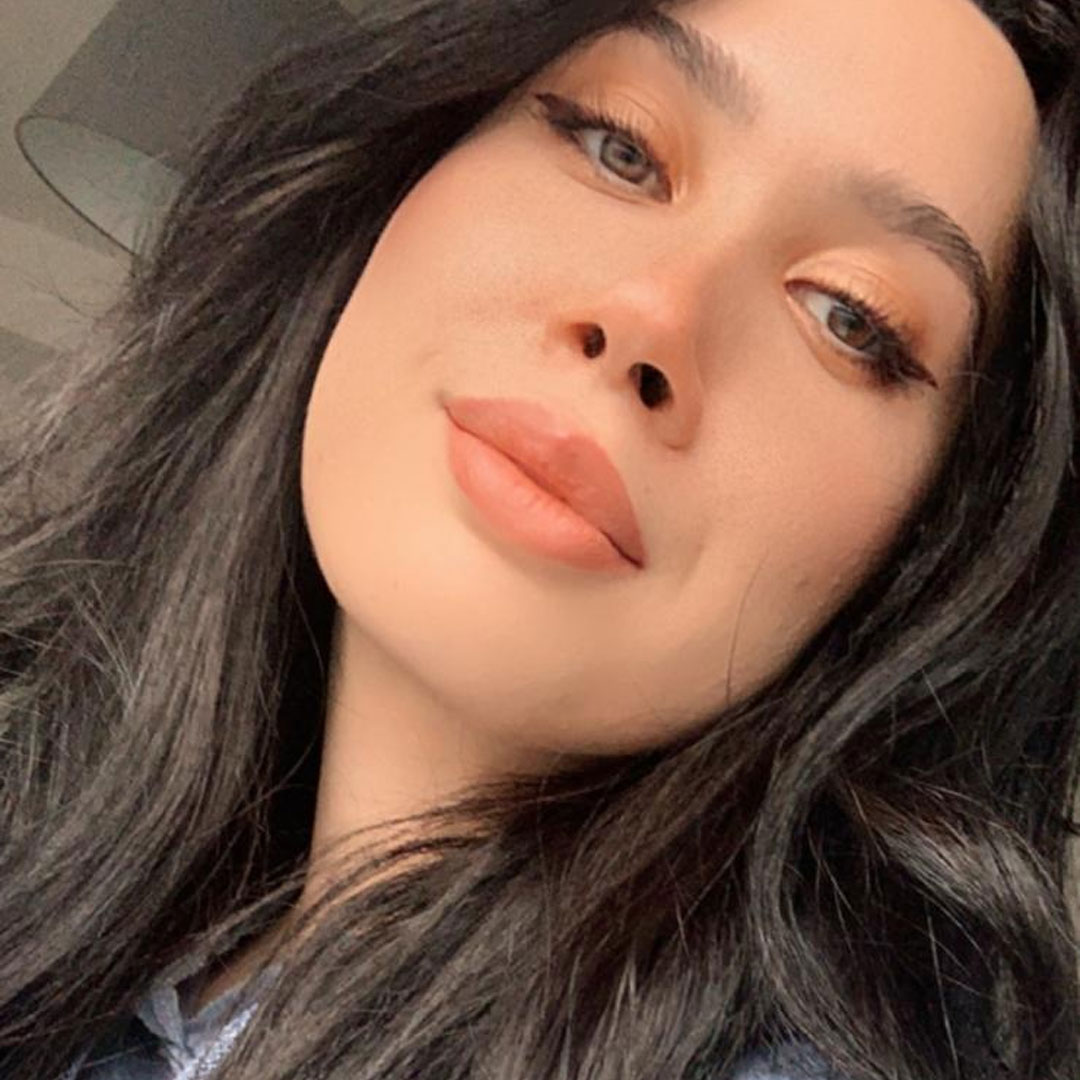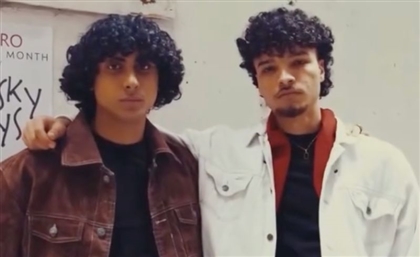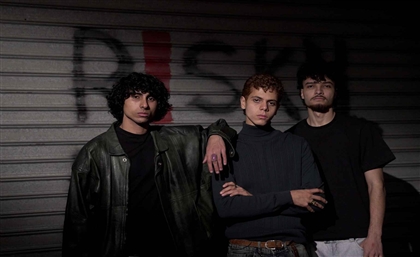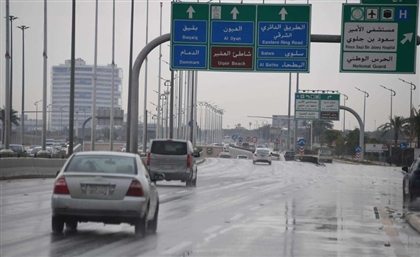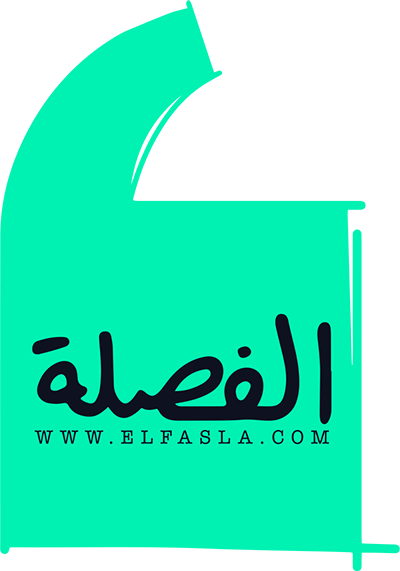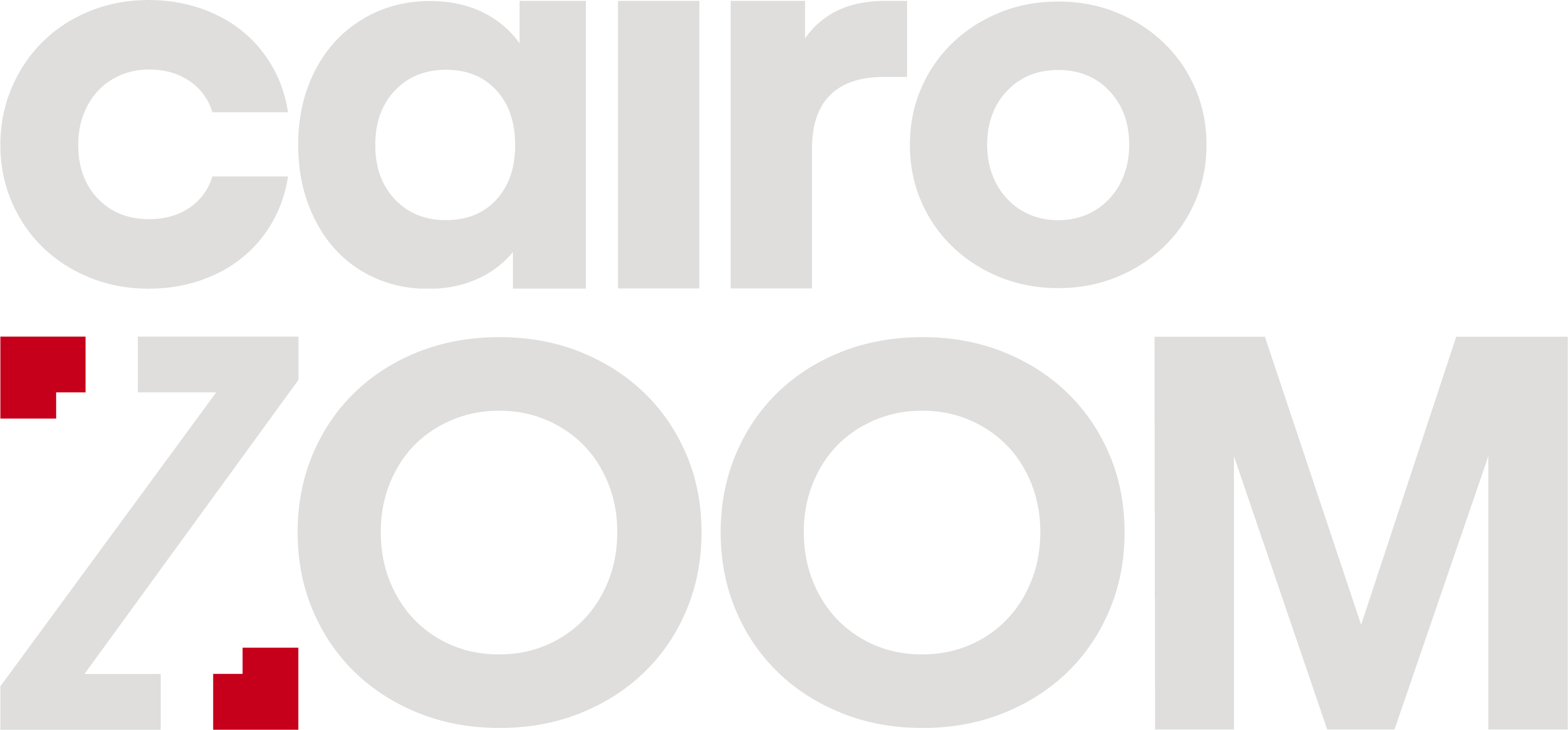Getting Up Close & [PERSONA]L with Egypt’s Risky Boys
For The Risky Boys, fashion is a confrontation, a way of holding a mirror to the city’s fractured face.
![Getting Up Close & [PERSONA]L with Egypt’s Risky Boys](https://scenenow.com/Content/Admin/Uploads/Articles/ArticlesMainPhoto/82377/b86aba23-3f39-4ae5-a5e8-ba91c7255d6e.jpg)
Originally Published on February 4th, 2025
Cairo’s streets do not sit still. They seethe, they sprawl, they double back on themselves, shifting with the weight of bodies and histories layered thick as dust. It is within this choreography that The Risky Boys move - a trio of 22-year-old Egyptian creatives and models who have made the city’s alleys their runway and stage.
But The Risky Boys - Ahmed Attef, Karim Alaa, and Mohamed Tarek - are not the product of the global fashion zeitgeist. They did not emerge from ateliers or academies. They collided, as things often do in Cairo, at the peripheries of modeling shoots. They are not here to unsettle haute couture from within but to confront its boundaries entirely. Their catwalks are neither cordoned nor ticketed; they are carved into the butcher shops, the souks, the tight and teeming alleyways of Banha and Al Mattariya, the places that made them.
-e18bf219-ea6d-4293-bb60-b0765467cfb7.png)
If fashion is an industry that speaks in dictates - seasonal edits, trends filtered through the same polished lens - then The Risky Boys force it to see something else. To look closer.
“There’s nothing out there that really represents Egypt,” Attef tells Scene Styled. “Most people starting out in fashion look outward - global references, Pinterest boards. But what about the people coming here, wanting to understand Egypt today? Pharaohs? Pyramids? That’s not the Egypt we see every day. There are so many cultures here. Walk through Ramses Station, and you’ll meet people from Upper Egypt, Mansoura, Alexandria. It’s all here, layered together.”

In February of 2024, they staged an impromptu runway in the narrow alleyways of Cairo. It wasn’t planned. It wasn’t staged. It simply was. “The first catwalk we ever worked on was in Korba.” Attef recalls. “It suddenly started raining. People were running for cover but we just walked in the rain, taking shots. We loved how the empty street looked and decided to create a fashion show right there.”
Cairo, indifferent as ever, played its role well: surprised faces, curious onlookers, water pooling in the uneven cracks of the pavement. “The people were running away from the rain, hiding beneath hats and buildings,” Tarek remembers. “Their reactions in the video were so organic.”

What started as a spontaneous act of self-expression has since taken root, stretching across Cairo, the vast sprawl of Souk El Gomaa, Upper Egypt and Luxor. Their videos, charting Egypt’s urban pulse, have pulled in millions of views on TikTok and Instagram, turning the trio into cultural cartographers of contemporary Egypt. Their ability to transform the everyday into something magnetic has led to collaborations with Marvel, Scotch & Soda and Puma, pushing them beyond the city’s borders and into the global fashion conversation.
Their success feels almost improbable. They weren’t born into the industry, nor did they follow a conventional creative path. Fashion to them is a confrontation, a way of holding a mirror to the city’s fractured face. But what the world now sees as daring, original, even disruptive, came from humble beginnings.

For Attef, fashion was far from inevitable. “I knew I wanted to be exceptional at something from a very young age.”
As a child, Attef wanted to model and work in commercials, but he rarely had the time. “When you’re successful at school, it creates a precedent within the family - you’re the smart kid, the spotlight is on you. So I didn’t really have time to act, join the theatre, or anything like that.” It wasn’t until university that his creative side found room to breathe. “One of my friends told me to audition for a theatre class. I ended up improvising a full scene, and they really liked it. They asked me to join.” Even then, the pull of duty loomed large. “There are always times when you have to choose where your priorities lie.”

For Alaa, the inspiration was more visceral, stitched into the textures of everyday life. “When I was younger, I used to hate what I wore,” he admits. “But I was always drawn to what mechanics wore - the look of distressed denim that’s fraying at the edges, the way their leather looked after years of use. Looking online, I found fashion inspired by that, the tank tops and distressed jeans. Maybe that’s why it’s become so close to my signature style today.”
For Tarek, the journey was a battle against convention. “You finished university? So how about you look for a job? Something to do,” he recalls hearing. But the thought of entering the corporate world felt suffocating. “The day is murdered. There’s nothing else after that.” His parents offered differing views - his mother urging him to try, his father giving him room to explore. “‘When you put your mind to something, you see it through, and you don’t quit unless you’re successful at it,’ my dad would say.”

The three first met on shared modelling shoots - a collision of ideas that evolved into something bigger. Their studio, bathed in deep red, became their creative home. “Red represents discomfort and attention,” Tarek explains. “It forces people to stop and look. Everything in the studio was built by hand. This place is ours.”
That ethos extends into Persona, their sister project, which fuses styling, interviews, and art direction into intimate, narrative-driven visuals. It started in Lucie’s, one of Cairo’s oldest hair salons, and continued with rising actress Dona Emam, whose life mirrors the project’s core themes.
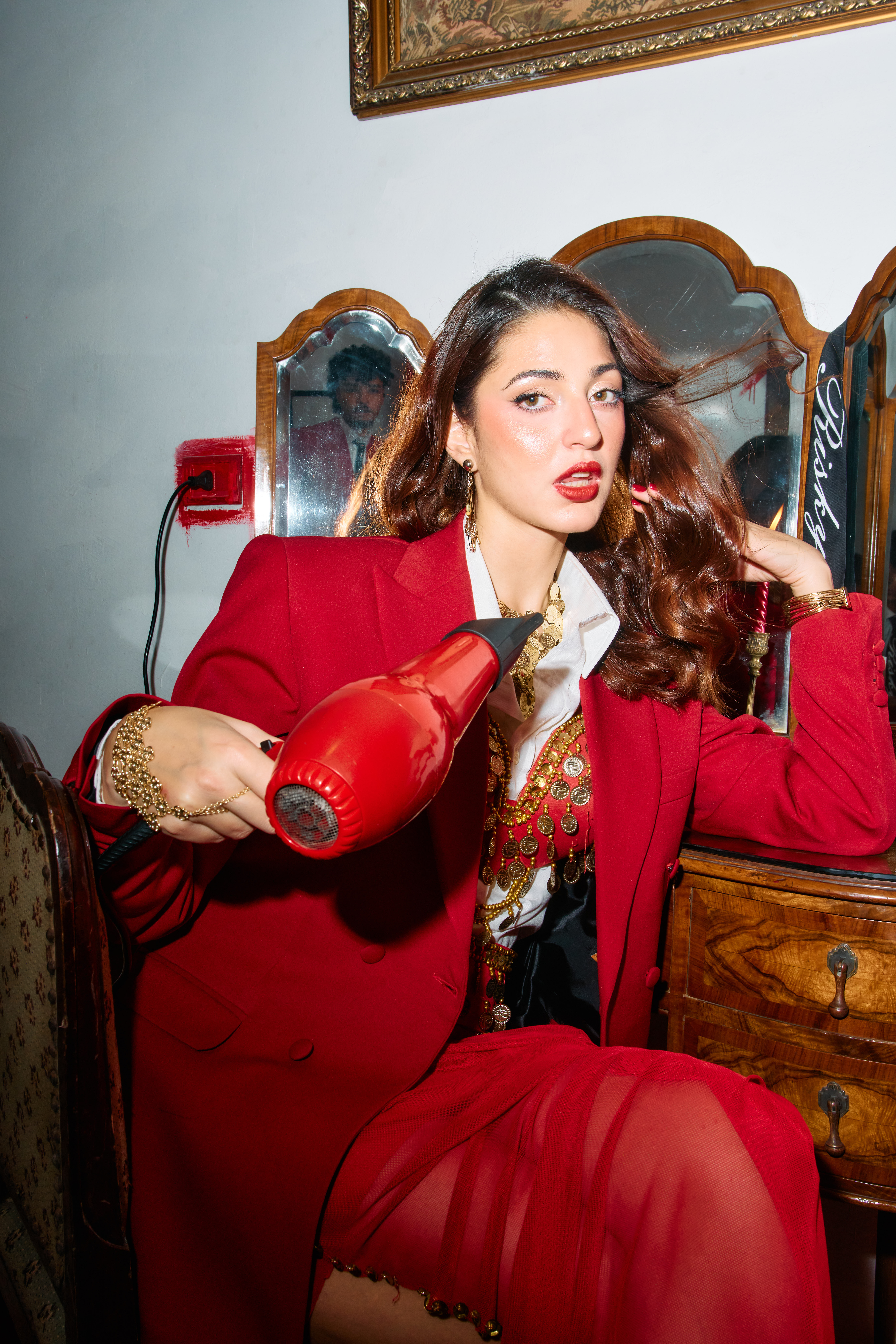
“Some people’s stories are so profound you wish you could document them,” Tarek says. “That’s what Persona is about - capturing people as they really are.”
Emam, caught between two worlds - corporate by day, performer by night - embodied the project’s essence. “I was an A student, ” she tells SceneStyled. “But I had this wild side, this passion, that needed an outlet.”
Persona refuses the superficial trappings of fashion, instead pulling its subjects into a space where styling, storytelling, and identity converge. “We put people in clothes that represent them,” Alaa says, “pieces that feel like a second skin, like they’ve been pulled directly from their imagination.”

The Risky Boys aren’t chasing trends. They’re not trying to erase Egypt’s scars. Instead, it maps the city as it is - messy, unpredictable, alive. They are storytellers, drawing new narratives from Cairo’s forgotten corners. They take the city as they find it and let it shape them in return.
“We want to go bigger,” Alaa says. “To come up with ideas no one else can.”
They do not walk Cairo’s streets as spectators but as architects of something deeply their own. Reclamation, for them, is a rhythm - Cairo hums, and they hum back.

Produced by: Scene Styled // MO4 Network
SceneStyled Managing Editor: Farida El Shafie
Creative Direction & Costume Design: Risky Boys
Creative Producer: Nariman El Bakry
Photography: Faris Zaitoon
DOP: Felo Alexander
Editorial Design: Habiba Amr
Talent: Dona Emam
Makeup: Sara Talaat
Hair: Al Sagheer Salons
Set Design: Maria Saba
Agency Producer: Hesham Baghdady
Gaffer: Ahmed Gamal
2nd Camera & Sound: Eslam Ahmed
1st AC: Mahmoud Gehad
Lighting Technician: Mazen Mohamed
Video Editor: Mariam Raymone







